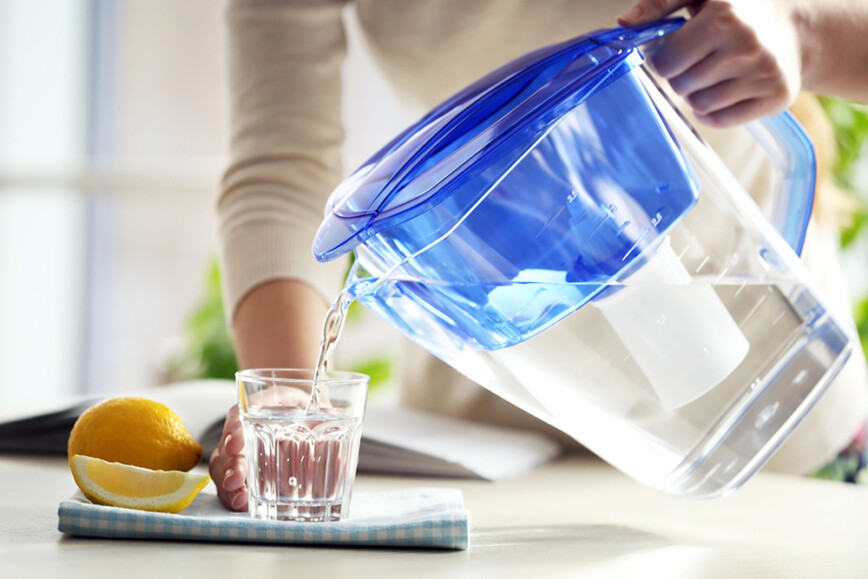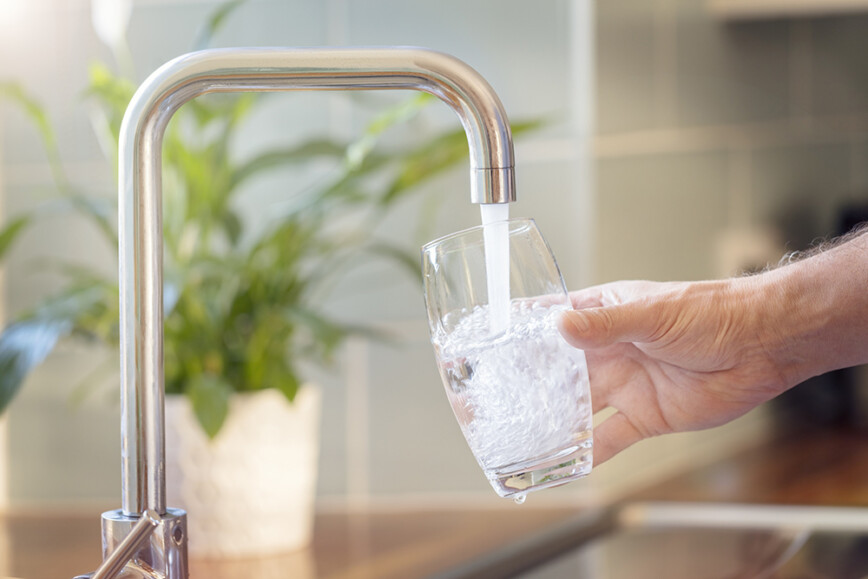Lead is a naturally occurring element that can be found in some soils and drinking water.
Because of its soft, pliable feel, lead has long been utilised in building and plumbing pipes. Most lead contamination originates from corrosive pipes and fixtures that provide drinking water, particularly those built before 1986 when lead was banned from construction.
Water accumulates lead and pollutants from aged pipes as it passes through water service lines. While lead is no longer used in toys or households, it is nevertheless useful in the medical and industrial fields. It can be used to store or block radioactive rays in x-rays, line batteries, or safely contain other corrosive compounds.
Lead Pollution In Your Drinking and Bathing Water
Lead pipes: Corrosive lead pipes are common in older homes. The faster corrosion occurs, the higher the acidity of your water. Water absorbs the lead when the pipes corrode, and it seeps into your tap.
Because the skin does not absorb lead from water, bathing in lead-contaminated water is perfectly safe for everyone. But it depends on the amount of lead in the water, how healthy an individual is, and whether or not the water is inhaled or consumed.
Signs and Symptoms
Lead poisoning can affect everyone, but children are particularly susceptible. Individuals who have been exposed to lead do not always display symptoms of illness. The following are common signs and symptoms of lead poisoning:
- Behavioral issues
- Headaches
- Appetite loss
- Fatigue
- Pain in the abdomen
- Vomiting or nausea
- Constipation
- Pale skin with a metallic aftertaste

What Are the Risks of Lead Exposure?
Lead consumption has been linked to learning and behavioral issues, according to a study. It can cause long-term difficulties with growth and development as it accumulates.
Infants and children are especially vulnerable to lead poisoning since their bodies are still developing, and they are more likely to ingest non-food things containing lead. Pregnant women are especially vulnerable, as lead poisoning can harm an unborn child.
How Can You Make Sure The Water You Drink Is Safe To Drink?
Faucet Mount Units
It is one of the best options for a filter for lead in water. Lead, mercury, microbiological cysts, chlorine, disinfection byproducts, and various medications can all be removed using them. These machines are powered by the pressure per gallon of the water supply flowing from the faucet and do not require energy to operate.
If the PPG of your water supply is less than 50, you may need to install a water pump across the main water line to achieve the optimum benefits. Filter cartridges must be replaced frequently, although they are inexpensive.
Reverse Osmosis
RO systems can remove 94 percent to 97 percent of lead from drinking water. However, because the systems available for personal or commercial use are not complete reverse osmosis systems, some amount of lead is retained in the water after filtration. To get entirely pure, lead-free water, consider adding an activated carbon filter cartridge to the RO.
Filtration Pitchers
Regular filter pitchers use coconut-based activated carbon and ion exchange resin to reduce lead levels in the water significantly. Because of their low costs and energy efficiency, they are portable and useful for personal usage.
